
That Translator Can Cook: Lahm bi Ajeen/Sfiha
Lahm bi ajeen (lit. ‘meat with dough’) and sfiha seem to be almost the same recipe, except I see lahm bi ajeen is typically flat whereas sfiha’s corners tend to be pinched together…

That Translator Can Cook: Manakish
Manakish is also called “mana’ish” or “man’oushe”: man’oushe is the singular and mana’ish/ manakish is the plural…

That Translator Can Cook: Falafel vs. Ta’ameya
There is a heated debate concerning falafel: which is the best, ta’ameya or falafel? (Ta’ameya is the Egyptian name for its version of falafel that uses fava beans instead of garbanzo beans.)

That Translator Can Cook: Kunafeh
When and where kunafeh originated: it is agreed that it was invented either in the 10th century or the 15th century, but some say it originated in Egypt or the Umayyad Empire and others say it originated in Nablus, Palestine.

That Translator Can Cook: Bourek
Bourek originated from the Turkish pastry börek, as did the Tunisian brik that I’ve written about before…

That Translator Can Cook: Margat Bamya
A lot of the dishes that Iraqis cook today are quite similar to the ones that people cooked in ancient Mesopotamia and medieval times…

That Translator Can Cook: Shakshuka
Shakshuka in Arabic basically means “all shook up,” and in some variants of it, the meaning is more literal than in other variants…
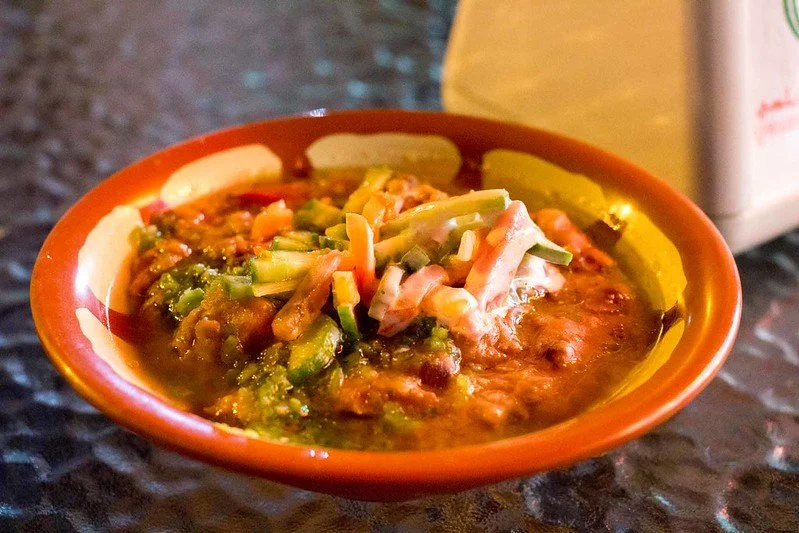
That Translator Can Cook: Ful Medames
According to some sources, fava beans [main ingredient of ful medames] can be traced back to ancient Egypt: “remnants of ful medames were uncovered in a number of the 12th Dynasty (1991-1786 B.C.) Pharonic tombs in Egypt.”…

That Translator Can Cook: Dukkah
Dukkah is also written as ‘duqqa,’ ‘do’ah,’ and ‘du’ah’ and derives from the Arabic root meaning ‘to crush.’…
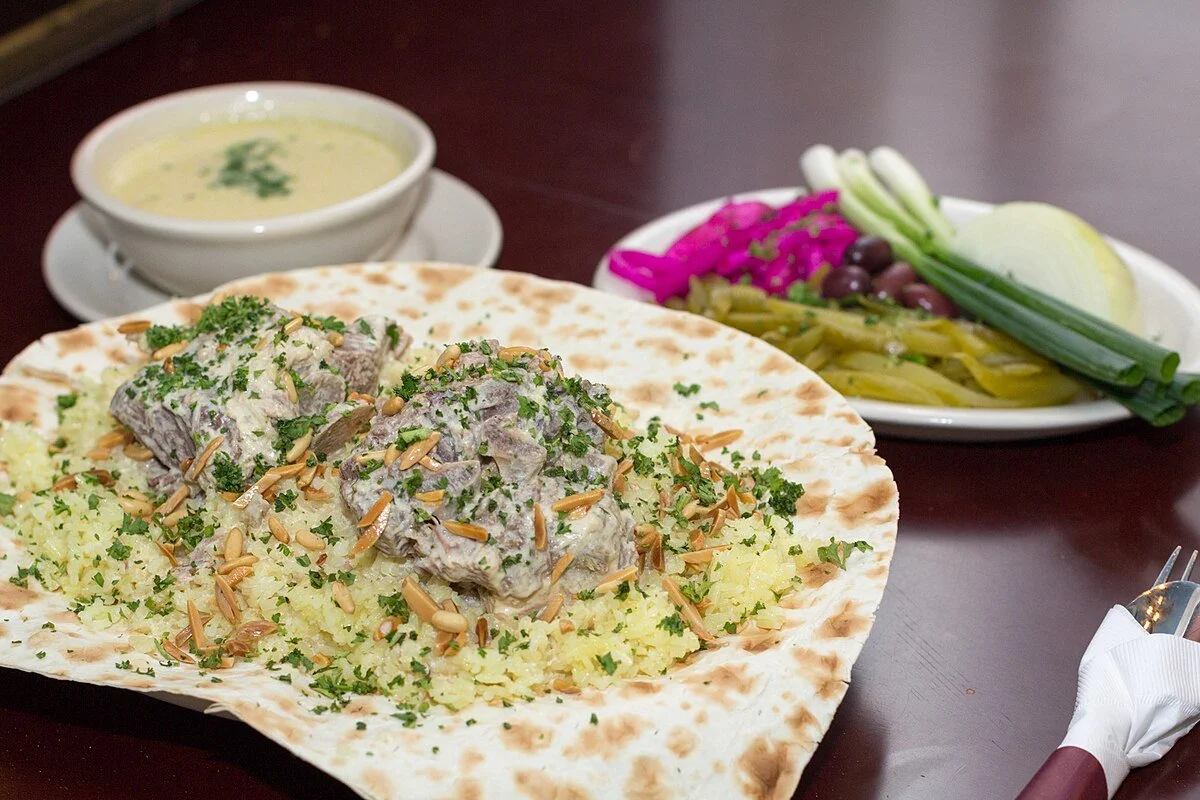
That Translator Can Cook: Mansaf
Mansaf is the national dish of Jordan because it’s rooted in Jordan’s Bedouin heritage, but mansaf is also popular in Palestine, Iraq, Syria, and Saudi Arabia with some slight variation in ingredients/preparation…
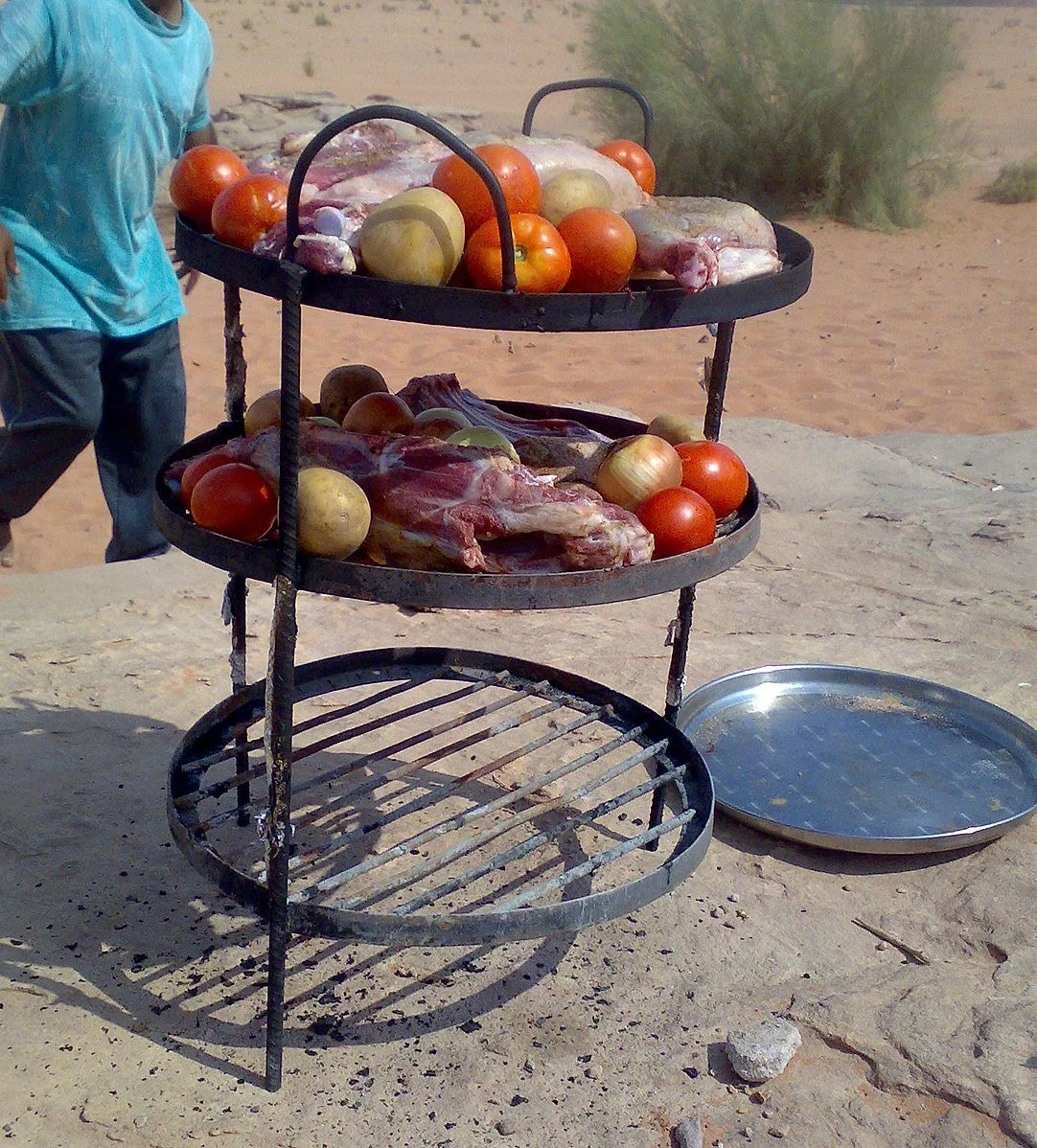
That Translator Can Cook: Zarb
The chicken and vegetables are laid out on racks and put into an oven in the ground that’s filled with hot coals…
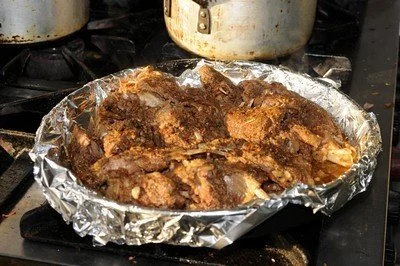
That Translator Can Cook: Shuwa
Shuwa derives from the Arabic verb ‘shawaa,’ which means “to grill.” This dish is considered “the cornerstone of Oman’s culture”…
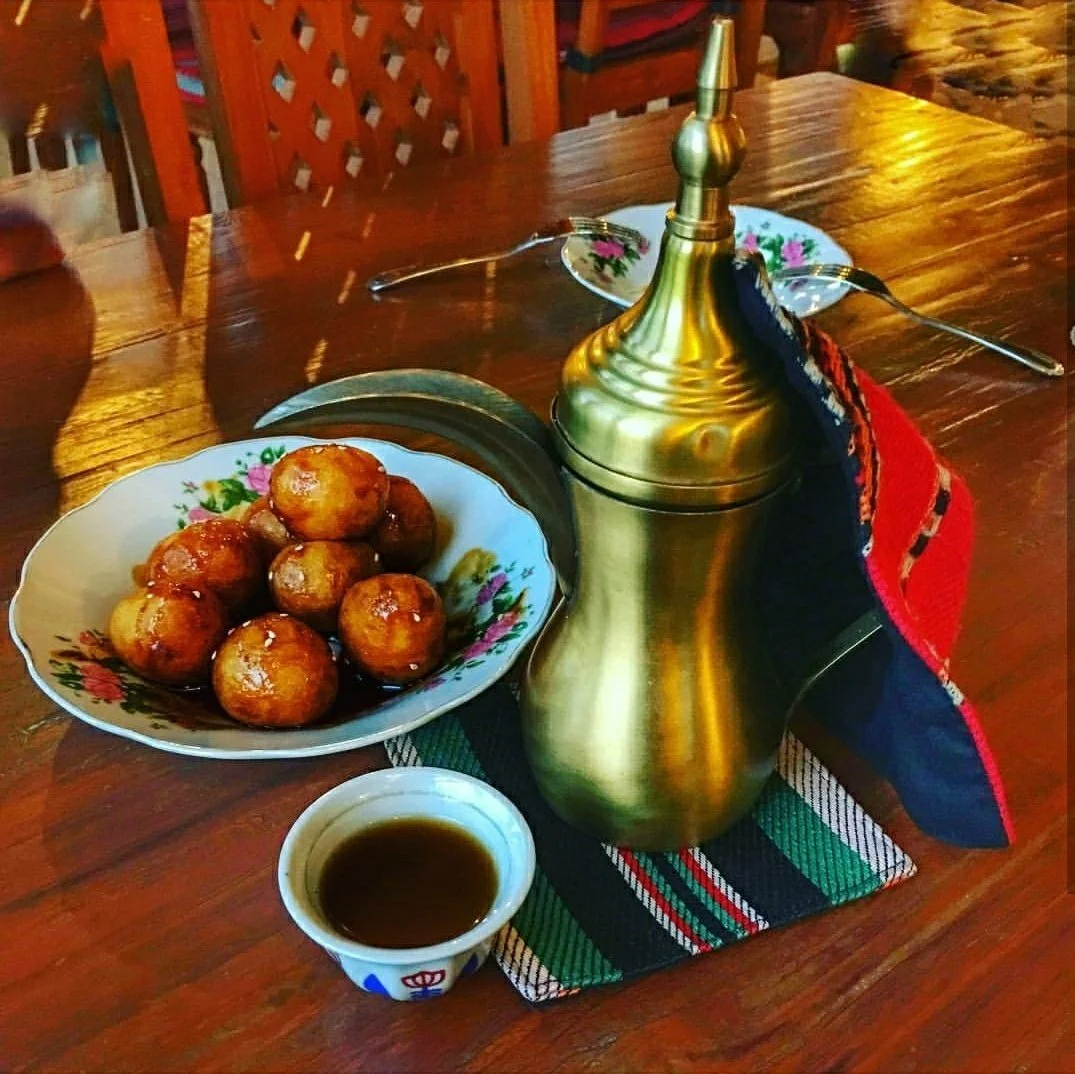
That Translator Can Cook: Luqaimat
Here we have another dessert that’s commonly made during Ramadan. Luqaimat means “small bites” in Arabic and that’s exactly what they are: small bites of sweetness…
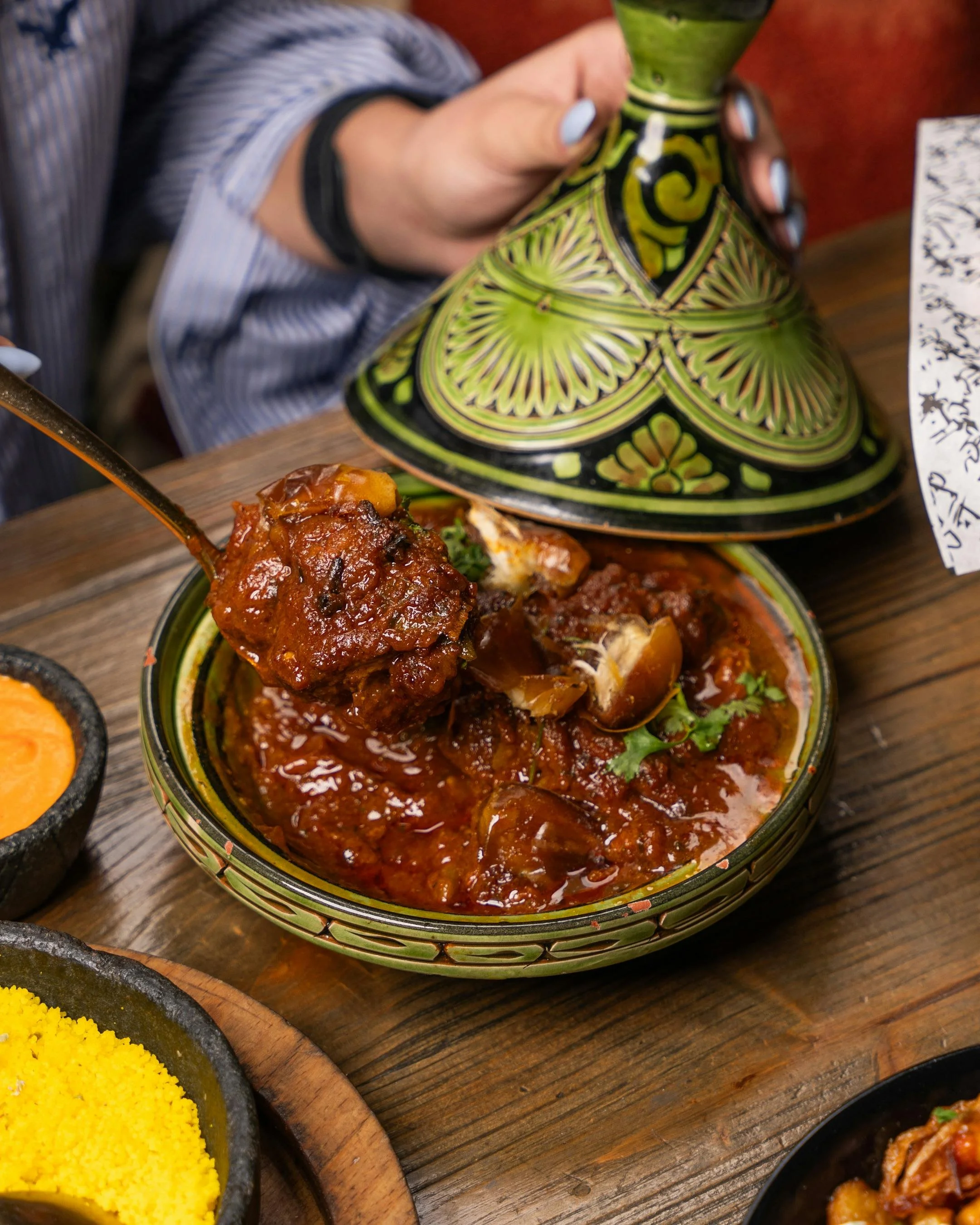
That Translator Can Cook: Tagine
Tagine can be found across North Africa, basically wherever the Imazighen lived, but I believe tagine is most popular in Morocco and can even be considered one of its national dishes…

That Translator Can Cook: Qatayef
There are three main types of qatayef: (1) qatayef bil-jibna (qatayef with cheese), which is deep fried qatayef with an Akkawi cheese filling; (2) qatayef bil-joz (qatayef with walnuts), which is deep fried qatayef with a cinnamon walnut filling; and (3) qatayef asafiri (mini qatayef)…

That Translator Can Cook: Tharid
Tharid is said to be Prophet Muhammad’s favorite dish: “…And the superiority of A'ishah [his wife] to other women is like the superiority of tharid to other kinds of food" (Sahih Al Bukhari Volume 7, Book 65, Number 329)…

That Translator Can Cook: Balaleet
Balaleet is popular in the Gulf countries, but it is considered to be a traditional Emirati dish. In the UAE, expatriates make up almost 90% of the population…

That Translator Can Cook: Maamoul
Maamoul is known as kahk in Egypt, which was depicted in temple paintings and carvings from the Pharaonic Period in Ancient Egypt…

That Translator Can Cook: Mutabbaq Samak
A significant portion of Kuwaiti cuisine is made up of fish/seafood. The fish mainly used is zubaidi (pomfret), the ‘zubaidi’ comes from the Arabic word ‘zubda,’ which makes sense since the pomfret is a type of butterfish…

That Translator Can Cook: Musakhan
Musakhan is one of the most popular and well-known Palestinian dishes. According to a Friday article, it was traditionally made after the olive-pressing season…
